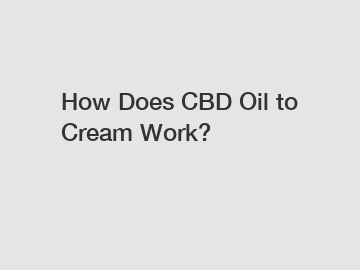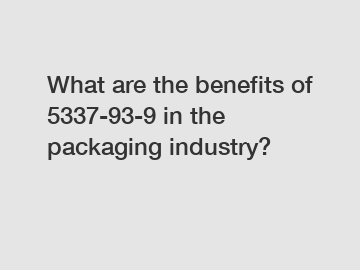Regulation and Control of Sulfur Dioxide Emissions
Health Effects of Sulfur Dioxide Exposure
Respiratory Problems
Short-term exposure to high levels of sulfur dioxide can cause respiratory issues, especially in individuals with pre-existing respiratory conditions such as asthma and chronic bronchitis.
Aggravation of Pre-existing Conditions
Prolonged exposure to sulfur dioxide may worsen respiratory conditions and reduce lung function.
Cardiovascular Effects
Studies have indicated a possible link between sulfur dioxide exposure and cardiovascular problems, including heart attacks and strokes.

Regulation and Control of Sulfur Dioxide Emissions
Clean Air Act
Many countries have established regulations to limit sulfur dioxide emissions. The Clean Air Act in the United States, for example, sets emission standards for industries and power plants.
Technological Solutions
Flue gas desulfurization (FGD) is a widely used technology that removes sulfur dioxide from industrial emissions before they are released into the atmosphere.
International Cooperation
International agreements, such as the Paris Agreement, aim to reduce global sulfur dioxide emissions and combat climate change.
Sulfur Dioxide Monitoring and Measurement
Accurate monitoring of sulfur dioxide levels is essential for assessing air quality and determining the effectiveness of emission control measures.
See also:Unlocking the Potential of CAS 23111-00-4
Unlocking the Power of 2-Chloro-5-(Chloromethyl)thiazole: FAQs Answered!
1-(2-METHOXYPHENYL)PIPERAZINE: Everything You Need to Know about this Popular Compound
Nanosilver Antibacterial Agent: How It Works & Benefits Explored
Are 49851-31-2 quotes the new motivational tool for self-improvement?
Key Questions to Ask When Ordering 57801-95-3: A Comprehensive Guide
The Ultimate Guide to Bromazalam: Everything You Need
Reduction Strategies for Sulfur Dioxide Emissions
Switching to Cleaner Fuels
Transitioning to cleaner fuels with lower sulfur content, such as natural gas or renewable energy sources, can significantly reduce sulfur dioxide emissions.
Flue Gas Desulfurization
Installing flue gas desulfurization systems in power plants and industrial facilities can capture sulfur dioxide and prevent it from being released into the atmosphere. industrial gases
Renewable Energy Adoption
Promoting the use of renewable energy sources can help decrease reliance on fossil fuels and, consequently, reduce sulfur dioxide emissions.
Industrial Uses of Sulfur Dioxide
Sulfuric Acid Production
Sulfur dioxide is a crucial raw material in the production of sulfuric acid, which is used in various industrial processes and products.
Food Preservative
Sulfur dioxide is used as a food preservative, particularly in dried fruits, to prevent spoilage and maintain color.
Bleaching Agent
The pulp and paper industry employs sulfur dioxide as a bleaching agent to brighten paper products.
Conclusion
Sulfur dioxide is a compound with both valuable industrial applications and harmful effects on the environment and human health. Implementing effective emission control measures and promoting the adoption of cleaner technologies are essential in mitigating its adverse impact and ensuring a healthier and sustainable future.
See also:5 Top Safety Risks in Pharmaceutical Manufacturing
Stabilisers - ECVM
STYRENE ACRYLIC COPOLYMER Trader | PCIPL
Questions You Should Know about methyluracil ointment manufacturer
What does hydroxypropyl methylcellulose do to your body?
Unlocking the Ultimate Guide to BMK Glycidate: FAQs Answered
Magnesium Oxide | MgO | CID 14792
- Previous: What is the use of sulfonyl chloride?
- Next: What is EVA polymer used for?









